Jan. 2020 PT. PLN (Indonesia) has given Furukawa Electric Co., Ltd. a contract to provide engineering, procurement, and construction services for the construction of the 150kV underwater cable Sumatera-Bangka. The business would be able to grow its cable operations in Indonesia as a result.
Feb. 2022 A Memorandum of Understanding was signed by the independent cable construction and operator Inligo Networks and Indonesian telecommunications company Indostat Ooredoo Hutchison to develop an 18,000 km submarine cable connecting Indonesia, Singapore, Australia, Japan, and the United States.
In May 2023 Sumitomo Electric announces its plans to establish a new power cable factory in UK for supporting the goal of UK government of achieving Net zero 2050. Sumitomo Electric announced on 27th April 2023 to establish a new Power Cable factory in the Scottish Highlands, UK to support UK Government’s goal to achieve Net zero 2050.
December 2023- Prysmian Group, a leading Cables manufacturer, has attained a €630m ($674.81m) order from Italian transmission system operator Terna's subsidiary for its Adriatic Link project, a 1GW submarine interconnection project in the Adriatic Sea. Prysmian will propose, supply, deploy, and commission the submarine interconnection, which can transfer 1GW of energy between Italy's central-southern and central-northern areas. The high-voltage direct current bipolar cable line will expand for 250km and is anticipated to enhance the safety and strength of the country's electricity transmission grid. Total financing for the project is predicted to be €1.3 billion.
Terna international development director Giacomo Donnini stated that the Adriatic Link retains deliberate significance for the incorporation of renewable sources, therefore contributing to the decarbonization of the Italian energy system.
In April 2023, Sumitomo Electric Industries, Ltd. announced plans to establish a new Power Cable factory (high voltage cable manufacturing plant) in the Scottish Highlands to support the UK Government's goal to achieve Net zero in 2050.
In April 2023, Nexans successfully finalized the acquisition of Reka kaapeli oy, a leading Finnish manufacturer of high, medium, and low voltage cables, as part of its strategy to become a key player in electrification and contribute to carbon neutrality by 2030.
In April 2020, Prysmian Group completed the brand integration process after acquiring General Cable. The company introduced a multi-brand strategy and updated its visual identity and logos.
In October 2021, the Japanese IT conglomerate NEC announced plans to build a large submarine cable with 4 crore fiber optics for Facebook. The submarine will have 24 fiber pairs with a maximum bandwidth of 500 maps. Most countries have laws in place to protect underwater cables from harm because they are an important part of their economies. For example, the Australian Communication and Media Authority (ACMA) has established safety zones to prevent activities that could disrupt the cables that connect Australia and the rest of the world. It also legalizes new submarine cable installations.
In 2018, Europe's new offshore wind farm investments totaled EUR 10.3 billion, representing almost 24% of the total new power investments and a 37% increase from the 2017 levels. The United Kingdom financed USD 5.9 billion of wind investments in total, representing 22% of total financing activity for the construction of new onshore and offshore wind farms.
In 2023, UK businesses, led by BAE Systems, Rolls-Royce, and Babcock, secured USD 4.28 billion in contracts for the Detailed Design and Long Leads (D2L2) Phase, marking a milestone in the AUKUS program. The contracts will advance the design, prototyping, and procurement of main long-lead components for the first UK submarines, supporting thousands of skilled jobs and bolstering the domestic supply chain. The submarines, known as SSN-AUKUS, will replace the Astute-Class vessels and be the largest, most advanced attack submarines ever operated by the Royal Navy.
Construction will primarily occur in Barrow-in-Furness, with the aim of service entry in the late 2030s.
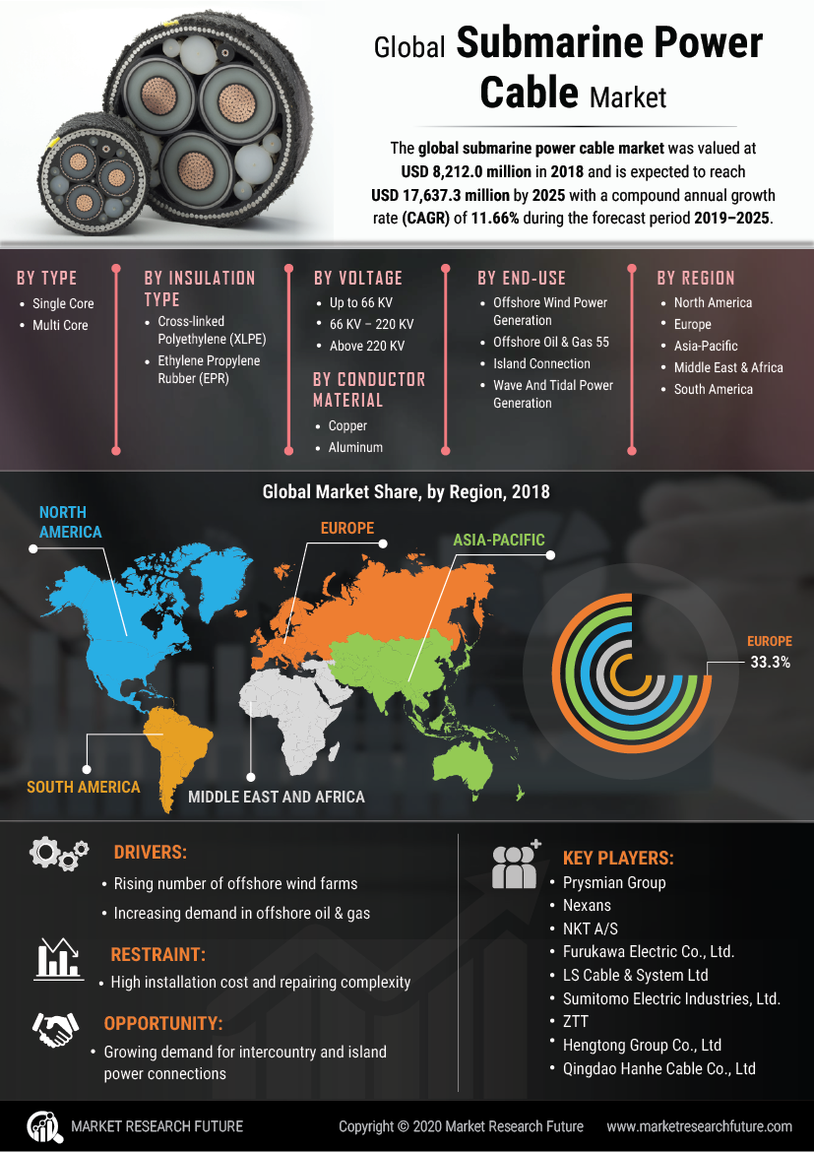

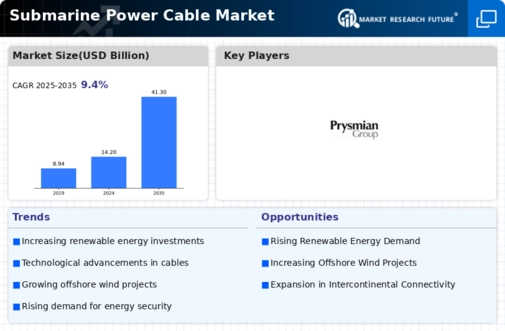
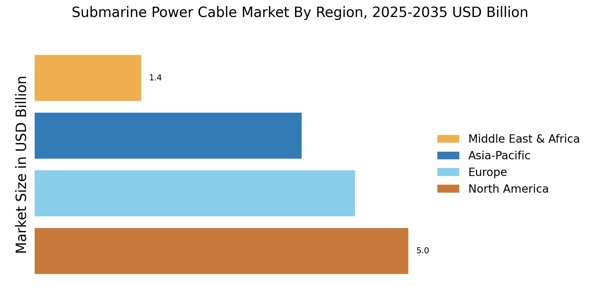
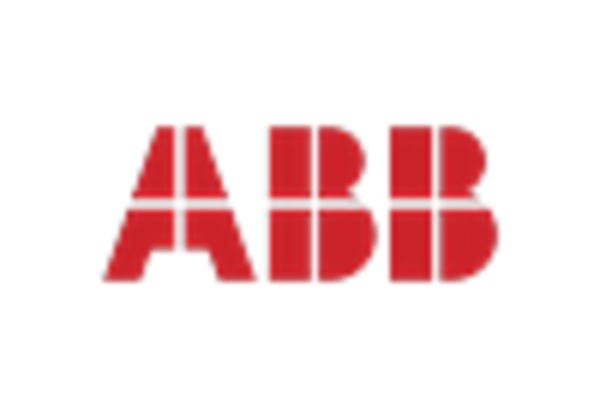
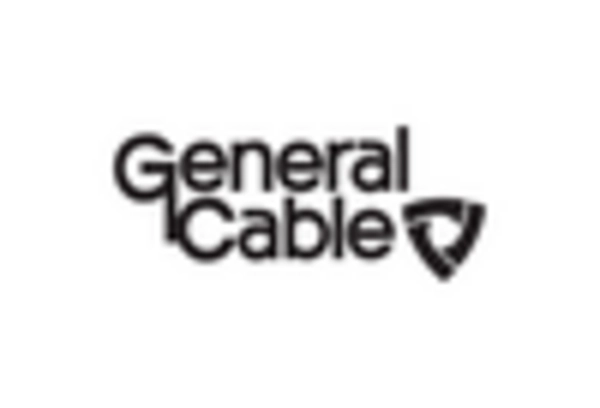
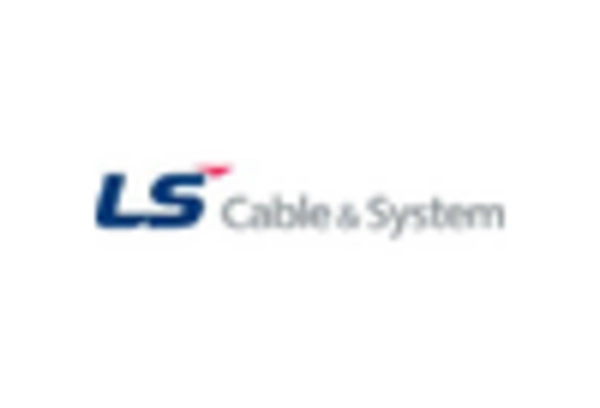
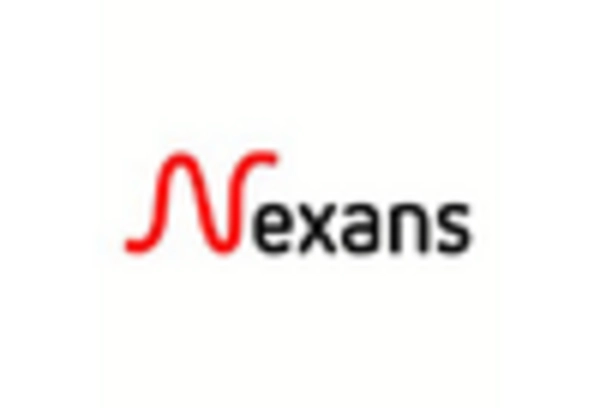
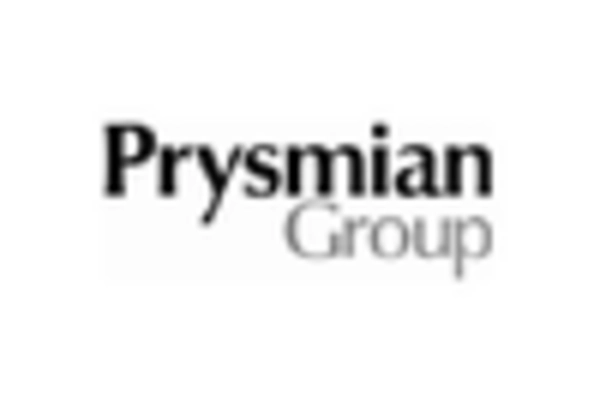
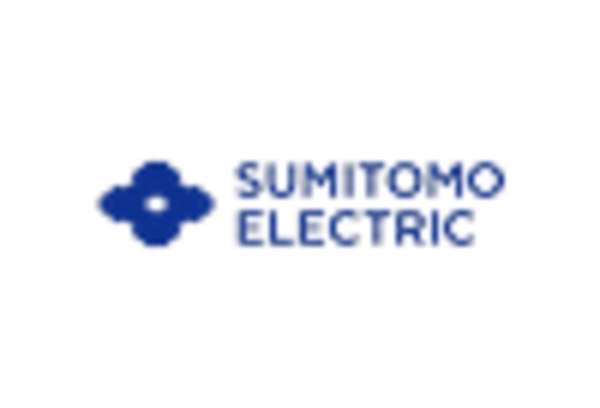








Leave a Comment